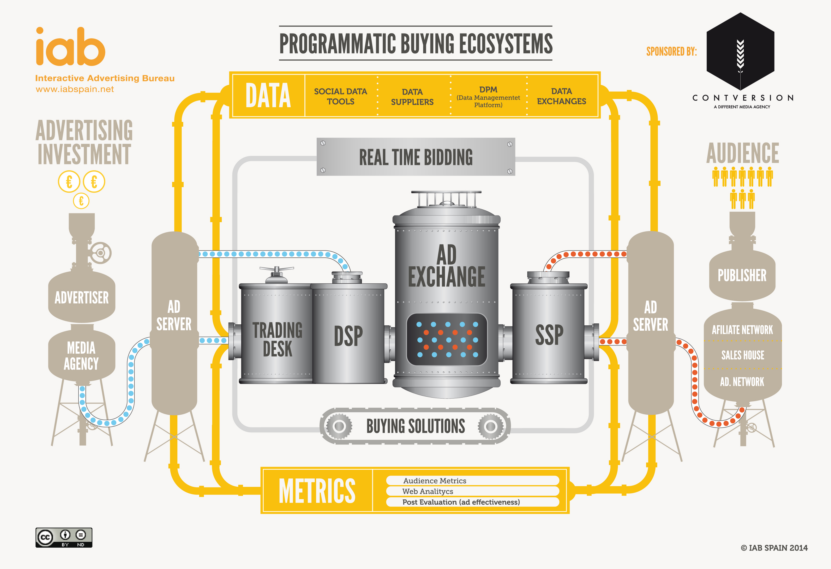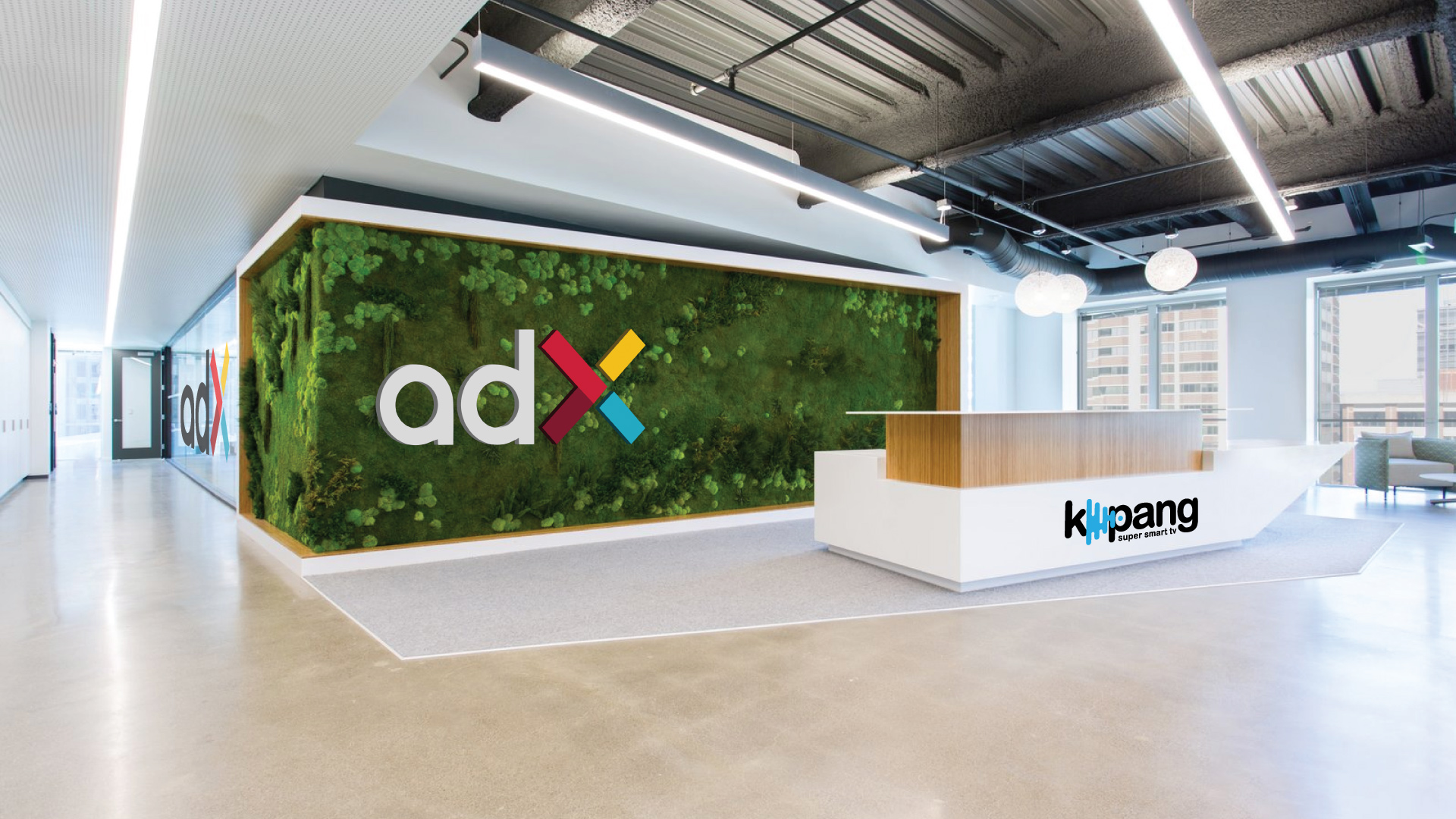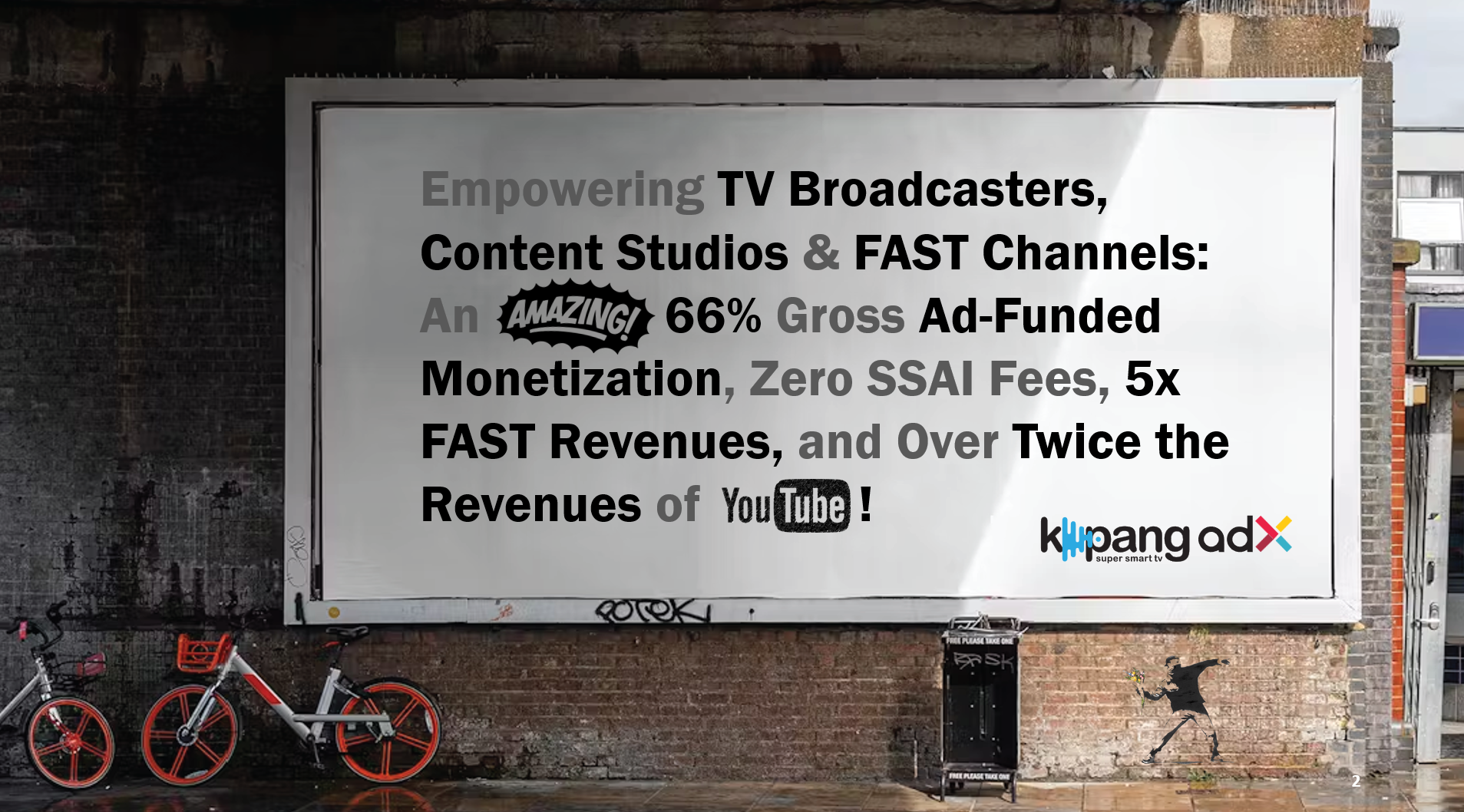FAST Channels have skyrocketed in popularity, captivating audiences with their free, zero-subscription linear and on-demand viewing experiences. However, there’s a hidden challenge: FAST Channels and content owners are losing half of their gross revenue to the programmatic ecosystem, an issue that few openly discuss.
Unlike YouTubers, FAST Channels often miss out on diverse revenue streams. They rely heavily on selling ad-pods, unaware that sponsorships and in-video advertising can significantly boost earnings. Unfortunately, their technology providers don’t support these lucrative opportunities. It’s time for FAST Channels to unlock their full revenue potential!
Kapang AdX is here to change that. As a premier channel network for quality FAST channels and broadcasters transitioning to streaming, Kapang has pinpointed a critical revenue leak that needs to be closed. Channels can’t meet audience demands to deliver broadcast-grade channels unless programmatic ad-trades become more efficient, transparent, regulated, and fair, to survive outsourcing its ad-inventory sales to programmatic SSP’s.
How are FAST Channels are currently performing?
Currently, most FAST channels are missing out on significant revenue, earning less than a third of what they could by placing their premium content on YouTube. The culprit? A web of intermediaries, each taking an unjustified cut from every ad transaction. Curated CTV platforms and premium FAST channels with strict compliance should be raking in multiples compared to YouTube’s revenues, but they aren’t. It’s time for a change.

Kapang has successfully integrated the CTV SSP, CTV Ad-exchange and Channel Network components into a unified solution but only taking a single commission or fee. By engaging content channels directly with DSPs, existing TV agencies, innovative providers, and offering its own direct deals, it reduces the number of intermediaries and reclaiming revenues for broadcasters and platforms dependent on programmatic. This brings both parties closer to the advertising revenue and provides the much needed “FAST-Food” to grow.
What are FAST Channels and Why Did They Become So Popular?
FAST (Free Ad-Supported Streaming Television) channels are a rapidly growing segment of the streaming industry. Unlike traditional cable or satellite TV, FAST channels offer viewers access to a wide range of content without a subscription fee. Instead, these channels are supported by advertisements, sponsorships, and product placements, making them cost-effective for consumers and a great opportunity for brands.
How do YouTube Channels compare to FAST Channels
YouTube and FAST channels operate on vastly different models when it comes to payment terms, revenue earned, and overall control. On YouTube, creators enjoy a revenue-sharing model where they receive 55% of ad revenue, while YouTube retains 45%. Although YouTube doesn’t have an open market for programmatic ads or multiple ad-sales stake holders.
Google handles ad sales and takes a share before the revenue reaches the YouTube ecosystem. This streamlined process allows YouTube to offer higher revenues to creators, even with lower initial ad values compared to CTV.
This model ensures a steady income stream, but YouTube maintains significant control over ad placements and revenue distribution, which advertisers appreciate.
The FAST Channel Ecosystem Problem
While SSPs are seen as crucial in the programmatically powered FAST channel ecosystem, their lack of FAST Channel performance creates significant challenges for content owners receiving “Best Effort Revenues” to cover fixed overheads. Addressing transparency, revenue sharing, and performance accountability in the programmatic landscape can foster a fairer environment for all stakeholders.
Both FAST platforms and FAST channels are grappling with revenue challenges, relying on the same monetization sources within the programmatic ecosystem. Currently, FAST platforms demand 50% of the revenue—a figure that should be much lower. This imbalance is unfair to channels, but appeared to make platform viability with low ad-fill. Unfortunately, this leaves channels bearing the brunt of the financial strain being last in the queue.
Kapang calls for change to align demands of premium FTA broadcast channels seeking to replace cable and satellite services with FAST which is current not viable. Kapang is tackling these issues head-on, ensuring a FAST model can sustain traditional broadcasters and achieve a premium content monetization model similar to YouTube’s success representing content creators.
FAST Channels have the highest costs, but receive the lowest Gross Revenue
Currently, FAST channels earn as low as a tenth of gross revenues, but bear 50% of the costs. This makes operating a programmatic advertising agency many more times lucrative than creating content, a comparison which shows the enormity of the problem.
FAST Channel Ad-Fill Issues within distribution
The biggest flaw in SSP performance is ad-fill—the percentage of ad opportunities sold within a linear FAST channel. Ad-fill is crucial for FAST channels because it directly impacts the revenue and viewer experience. Currently, around one-third of ads are sold, meaning channels could be making three times their current revenues if 100% of ad-pods were sold. However, the industry average is dismal, and there are no incentives for traditional programmatic stake-holders to improve.

Kapang Adx provides a ground-breaking solution for FAST Channels & CTV Platforms
Kapang Adx is set to attract more top-tier broadcasters and content studios by offering a more efficient connection between advertisers, audiences, and broadcasters/content owners. Without fair rates for content owners, the content supply suffers, leading to poor business models and declining channel content quality.
Currently, most FAST channels rely on monetizing old archive content due to low monetization. However, audiences expect FAST channels to replace or rebroadcast cable channels, assuming TV is TV. To dominate market share, FAST channels must deliver linear TV at or above traditional cable quality, but they fall short as they are frugal with their limited funds.
The root cause is inefficient ad-revenue realization, where content creators receive only a fraction of the revenue, burdened by exorbitant technology fees, unmanageable commissions and ad-fill fails. Some SSPs earn millions per month, pocketing around a third in multiple FAST Channel gross profits.
Kapang Adx replaces a number of parties in the FAST Channel monetization ecosystem, takes 10% on ad sales while providing a transparent revenue dashboard. By reclaiming revenues from underperforming partners and delivering essential services for FAST Channels, Kapang opens the doors for premium broadcasters to join the streaming revolution.

Discover more from Rathergood TV
Subscribe to get the latest posts sent to your email.

